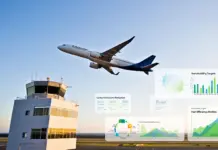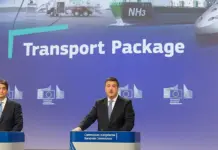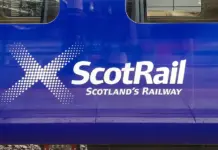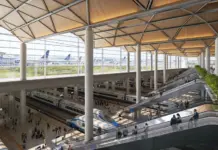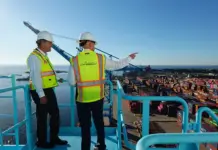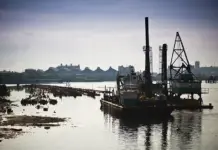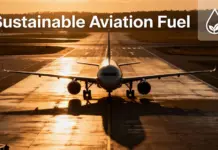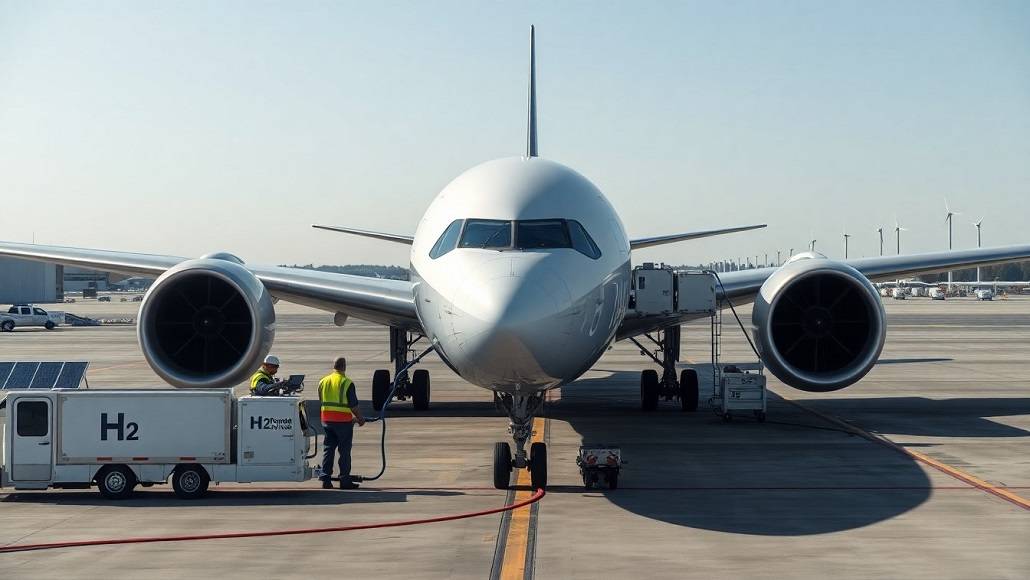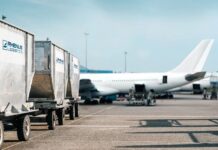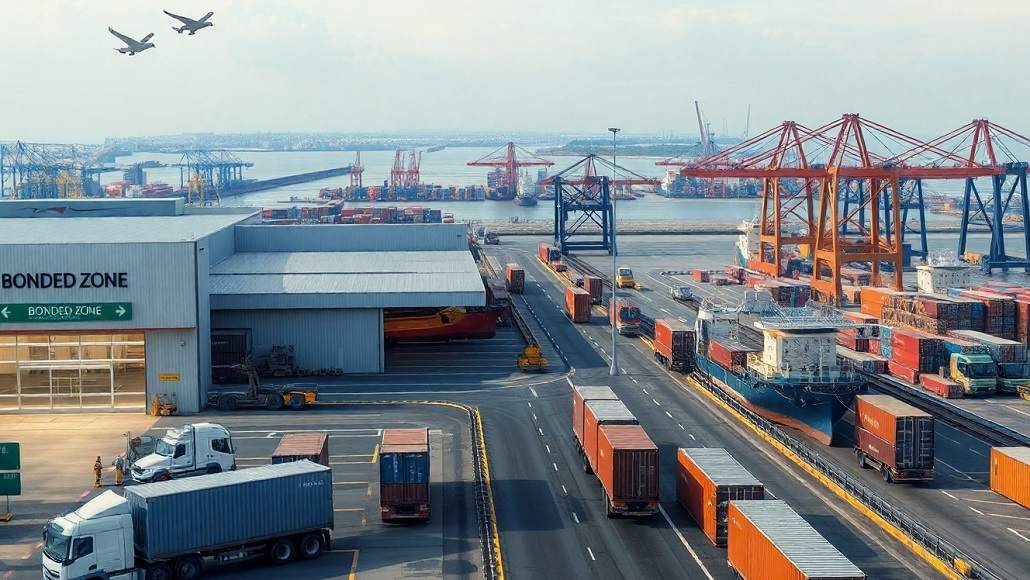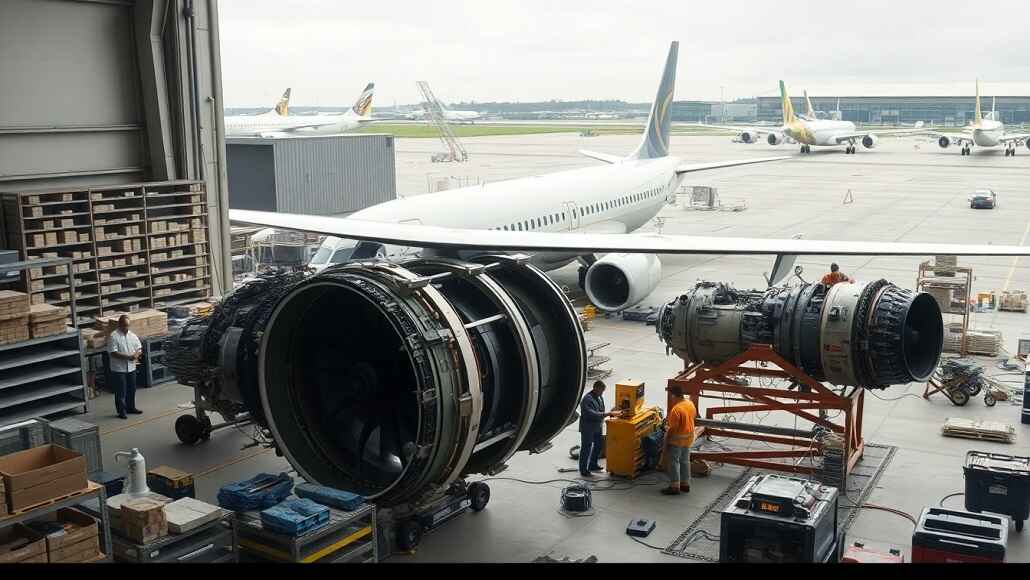The commercial aviation industry happens to be navigating a very serious supply chain issue, thereby leading various airlines and aircraft lessors to embrace innovation strategies to maintain their operational readiness.
It is well to be noted that aircraft lessor Azorra recently partnered with Delta Material Services—DMS in order to dismantle an Airbus A220–300 to get the spare parts, thereby marking the very first such kind of occurrence for this comparatively new aircraft model. Though the dismantling of modern aircraft is not very common, this scenario highlights the severity that is currently experienced with the ongoing component shortage.
And at the heart of the crisis happen to be certain consistent issues related to the PW1500G engines from Pratt and Whitney, which are widely used throughout the Airbus A220 fleet.
These engines, in spite of their efficiency, have gone on to face consistent reliability concerns, therefore resulting in many inspections as well as prolonged maintenance periods. With many aircraft grounded because of such complications, the demand when it comes to available spare engines as well as parts has grown to a significant extent.
Apart from the specific engine-related issues, manufacturers happen to be experiencing many backlogs as far as aircraft production is concerned, especially to procure aircraft parts, thereby intensifying the constraints throughout the sector.
As per the latest analysis done by the Alton aviation consultancy, narrow-body aircraft, which happen to be the backbone of airlines’ short as well as medium-haul flights, are now facing delivery delays of almost a decade. In addition to this, the widebody aircraft production has also seen a considerably slower delivery, thereby leaving the airlines facing waiting times of almost 7 to 8 years for new deliveries. In turn, what airlines have started doing is compelling to alter fleet strategies by way of opting to extend a useful life of the present aircraft in order to cope with the prolonged delivery issues.
The effect of MRO
This kind of extension when it comes to aircraft lifespan has, in a way, directly affected the maintenance, repair, and overhaul (MRO) industry, therefore resulting in prominent heightened demand, especially as MRO providers themselves face critical operational issues.
It is well to be noted that the skilled labor shortage goes on to remain a key challenge, as many technicians have exited the aviation sector during the time of the pandemic and have not come back, thereby creating a gap in the workforce that could even take years to mend.
Apparently, training new aviation maintenance personnel happens to be a long procedure, and the rise in maintenance requirements has gone on to overwhelm the existing capacities, hence prolonging the downtimes related to maintenance quite substantially. All these challenges result in an extension of maintenance downtime, thereby facing issues to procure aircraft parts in order to keep these aged aircraft flying with all the safety protocols in place.
Putting more stress on these operational delays There are shortages when it comes to essential aerospace material, such as titanium, whose supply has been affected due to geopolitical disruption in the traditional supplier regions.
Sanctions levied on primary exporters, such as Russia, have gone on to force the manufacturers to look out for alternate suppliers, thereby leading to procurement issues as well as rising costs. Due to these constraints, airlines as well as lessors are looking out for exploring unconventional solutions like the recent A220 dismantling in order to temporarily come out of these mounting pressures.
In spite of all these issues, industry observers go on to recognise the potential opportunities that have been created by way of these constraints. One of the largest aircraft leasing firms in the world, Avolon, observes that the unprecedented disparity when it comes to supply and demand is likely to reshape the aviation market dynamics in the next decade.
It is worth noting that the supply deficit can as well bolster the profitability of the airline, specifically if carriers focus their efforts on the most profitable route network and attain an optimal fleet utilization in the middle of capacity limitations.
According to the analysis by Avolon, the net airline profit can also rise to as much as 16% by reaching almost $36 billion by 2025. Still, the wide economic environment remains apprehensive. There are typical economic recovery cycles that last for 4 to 6 years, and the present expansion is well within its fifth year, thereby suggesting a potential economic downturn issue. The economic growth in Europe happens to be showing early signs of stagnation, and the wider political instability makes way for more volatility.



